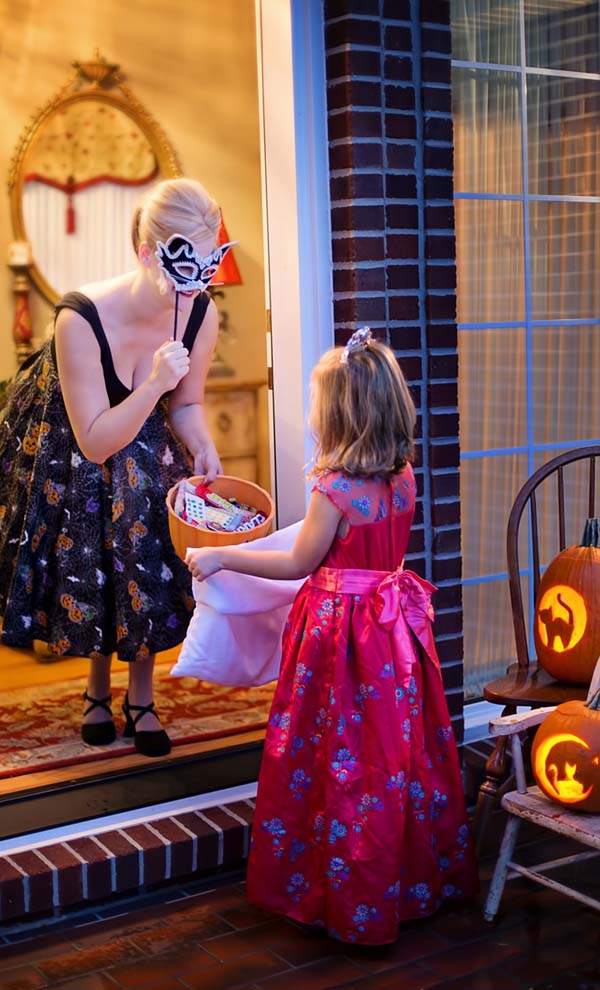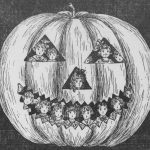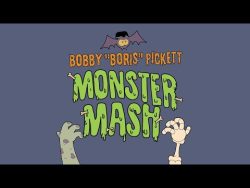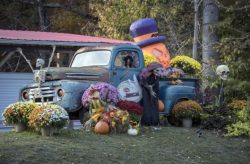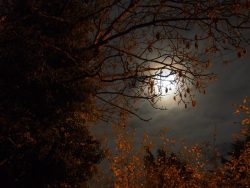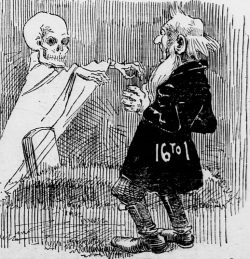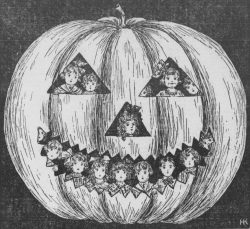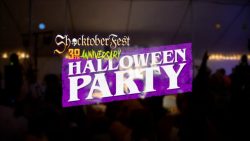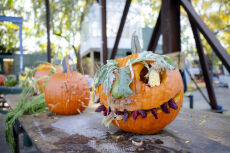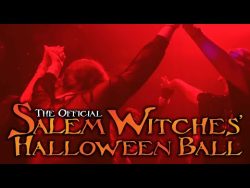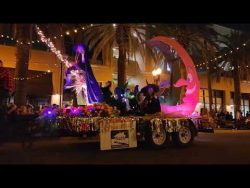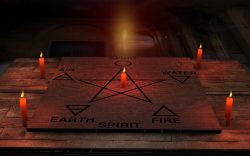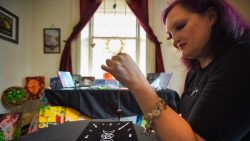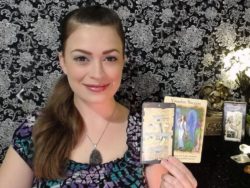Origins of Trick-or-Treating: A Halloween Tradition Through the Ages
Halloween is known for its costumes, carved pumpkins, and, perhaps most iconic of all, the widespread practice of trick-or-treating. Each year, millions of children eagerly roam neighborhoods, collecting sweets and savoring the magic of this spooky season.
But where did this beloved tradition come from? The origins of trick-or-treating are steeped in history, blending ancient customs, cultural evolution, and a splash of old-world superstition.
Ancient Roots: The Festival of Samhain
The story of Halloween begins with the ancient Celtic festival of Samhain (pronounced “Sow-in”), celebrated over 2,000 years ago in what is now Ireland, the UK, and northern France.
This festival marked the end of the harvest season and the onset of winter, a time when the Celts believed the boundaries between the world of the living and the dead grew thin.
During Samhain, spirits were thought to roam the earth, and the Celts wore costumes made from animal skins to protect themselves from any malicious entities.
People also left out offerings of food on doorsteps to appease wandering spirits and prevent mischief. This practice, known as mumming, allowed for the safe passage of the living into winter and marked the early roots of the Halloween tradition we now recognize as trick-or-treating.
All Souls’ Day and “Souling”: A Medieval Evolution
As Christianity spread through Europe, the church incorporated some of Samhain’s customs into its own festivals.
In the 9th century, All Saints’ Day (also known as All Hallows) was established on November 1, followed by All Souls’ Day on November 2—a day to pray for the souls of the dead.
On All Souls’ Day, people practiced “souling,” where the poor would go door-to-door, offering prayers for the deceased in exchange for “soul cakes,” a small pastry.
This early form of charitable exchange gave a clear shape to trick-or-treating, blending the themes of death, remembrance, and the act of visiting neighbors for treats.
“Guising” and Halloween in Scotland and Ireland
By the 16th century, the practice of “guising” emerged in Scotland and Ireland. People—particularly children—would dress up in costumes and go door-to-door, performing songs, reciting poetry, or telling jokes in exchange for food or coins.
Unlike souling, guising required participants to earn their treats, adding an interactive element to the tradition.
Guising would eventually make its way to North America, where it took root in new soil, waiting for the right cultural moment to evolve.
Trick-or-Treating Comes to America
It wasn’t until the late 19th and early 20th centuries that Halloween began to take shape in the United States. Irish and Scottish immigrants brought Halloween traditions with them, yet it was not immediately embraced by the public.
Halloween celebrations grew in popularity, and by the 1920s and 1930s, mischief on Halloween became a significant concern.
Teenagers often engaged in pranks, and communities sought ways to manage these antics peacefully.The concept of trick-or-treating developed as a compromise.
Rather than leaving teenagers to engage in unmonitored mischief, neighborhoods encouraged young children to dress up and knock on doors for treats, establishing a more family-friendly and controlled Halloween experience.
This gentle exchange softened Halloween’s reputation, reshaping it as a holiday for children and candy—a legacy that took on a life of its own.
The Candy Boom: A Sweet Addition
By the 1950s, with the holiday firmly established, candy companies saw a golden opportunity. Candy was portable, individually wrapped, and perfectly suited for Halloween night.
Companies began marketing directly to trick-or-treaters, and candy became the primary treat of choice.
What started as a combination of ancient customs and community goodwill turned into a candy-fueled national pastime.
The Legacy of Trick-or-Treating
Today, trick-or-treating is a billion-dollar tradition that brings neighborhoods together, allowing families to create memories, costumes, and traditions of their own.
But hidden within each door knock and candy wrapper are echoes of an ancient ritual, a nod to those who came before us, leaving their marks on one of the world’s most enchanting holidays.
From the mysterious Celtic rituals of Samhain to the lively streets of modern neighborhoods, trick-or-treating embodies the spirit of Halloween: a celebration that bridges the past with the present, reminding us that even the simplest traditions have a story worth telling.
